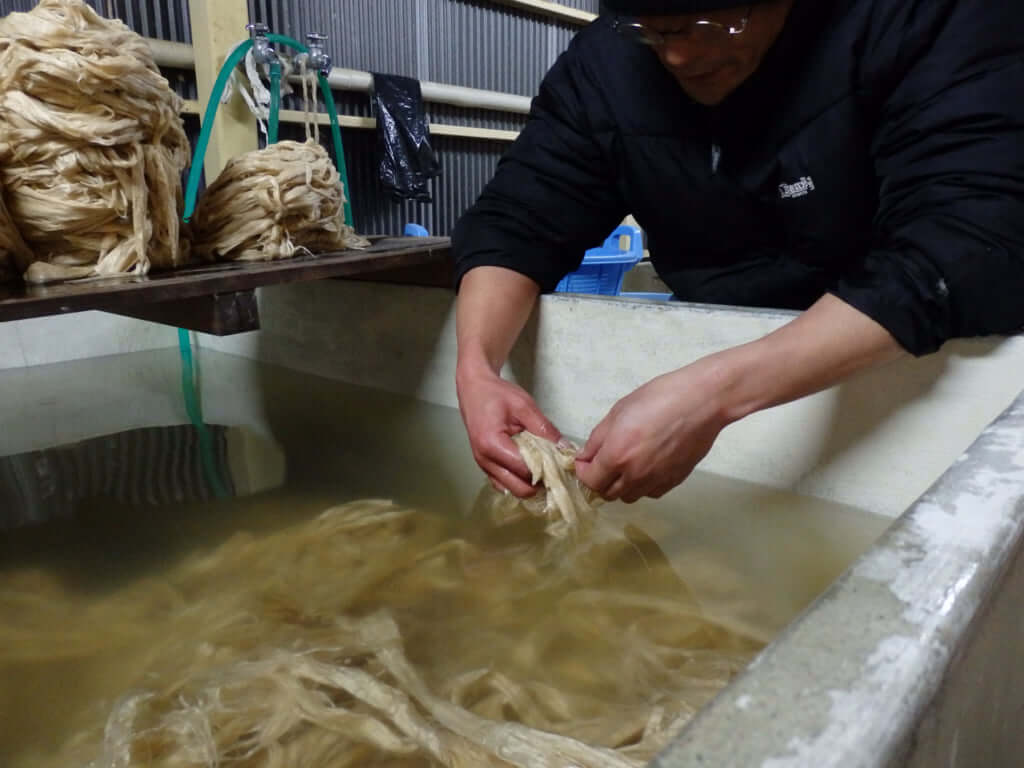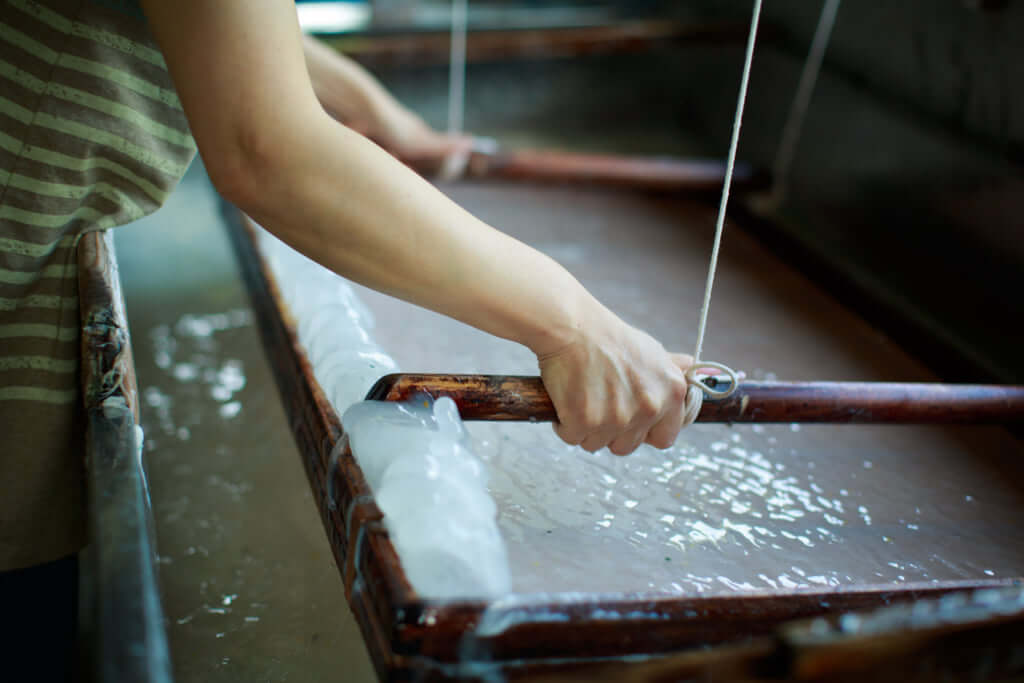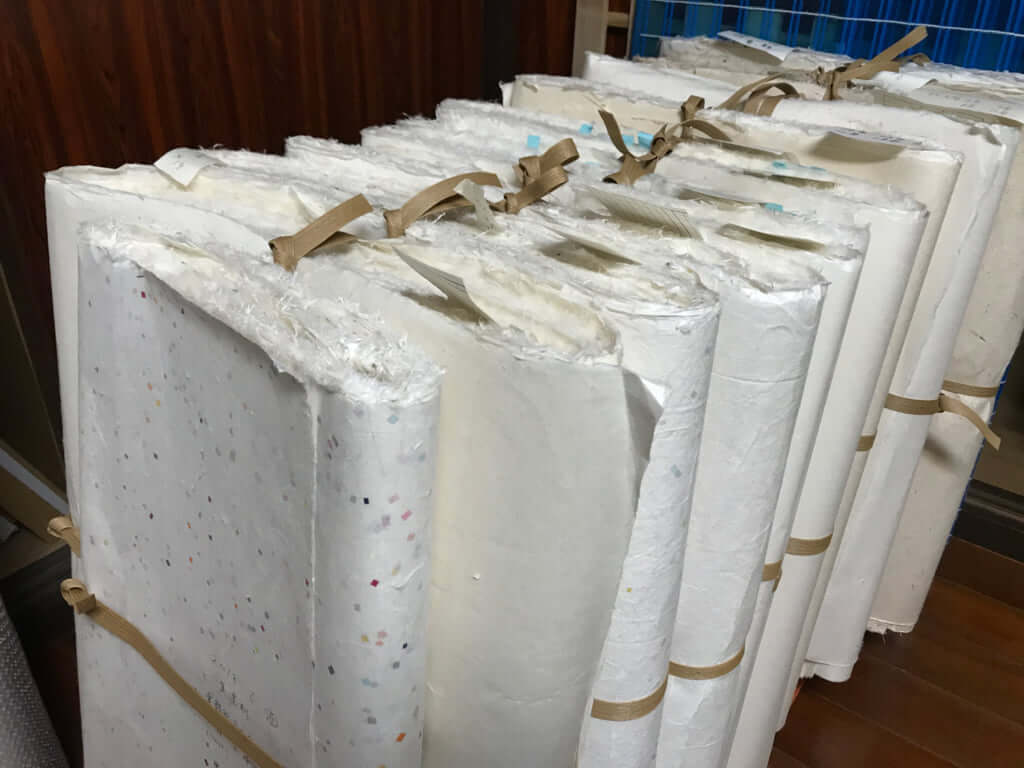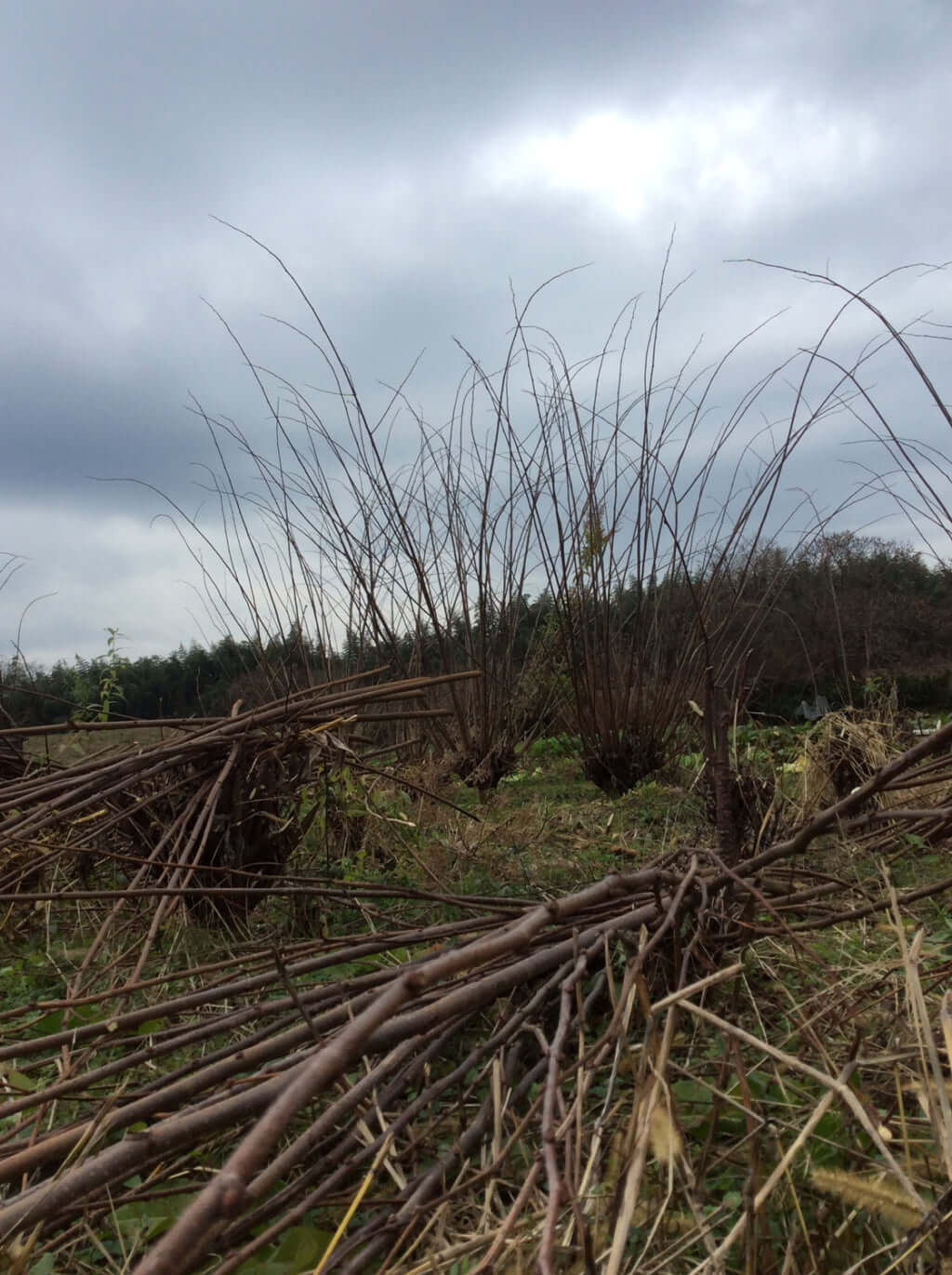Kurotani, the Home of Washi Paper
Situated in the south-east of Kyoto prefecture, the village of Kutorani is still one of the leading producers of washi paper internationally.

Courtesy of Kurotaniwashi washi Cooperative Association
A kind of traditional Japanese paper known for its quality, delicacy and resistance, washi paper has its noble origins in the village of Kurotani, where this unique craft has been honed and developed since 1593. While the production of washi paper originates from China, the manual manufacturing technique was brought to Japan by Buddhist monks in around 610. Initially used for the writing of sacred sutras, washi paper was soon used not only as stationery, but also to decorate sliding doors, handbags and sometimes even clothing. In its glory days, entire towns made their living from its manufacture, like Kurotani.
Situated in the south-east of Kyoto prefecture, the village remains one of the leading producers of washi paper internationally. Its history dates back to 1593, when the surviving soldiers of the defeated Heike clan settled in the valley. The rice harvest earnt them some money in the summer, while the winter months were dedicated to the production of paper. Thanks to its climate and soil, the region was perfect for the cultivation of the kozo, the Japanese mulberry tree, an essential component in the manufacture of washi paper. Demand began to wane in the mid-1950s as artisans were unable to compete with the success of mass-produced, lower quality paper. Today, only around ten artisan families remain. They offer tourists the opportunity to visit their studios to discover the subtleties of the production of this ancestral material.

Courtesy of Kurotaniwashi washi Cooperative Association

Courtesy of Kurotaniwashi washi Cooperative Association

Courtesy of Kurotaniwashi washi Cooperative Association
TRENDING
-
A Rare Japanese Garden Hidden Within Honen-in Temple in Kyoto
Visible only twice a year, ‘Empty River’, designed by landscape architect Marc Peter Keane, evokes the carbon cycle.

-
Colour Photos of Yakuza Tattoos from the Meiji Period
19th-century photographs have captured the usually hidden tattoos that covered the bodies of the members of Japanese organised crime gangs.

-
Recipe for Ichiraku Ramen from ‘Naruto’ by Danielle Baghernejad
Taken from the popular manga with the character of the same name who loves ramen, this dish is named after the hero's favourite restaurant.

-
Modernology, Kon Wajiro's Science of Everyday Observation
Makeup, beard shape, organisation of cupboards and meeting places: all of these details decipher 1920s Tokyoites.

-
Hitachi Park Offers a Colourful, Floral Breath of Air All Year Round
Only two hours from Tokyo, this park with thousands of flowers is worth visiting several times a year to appreciate all its different types.





